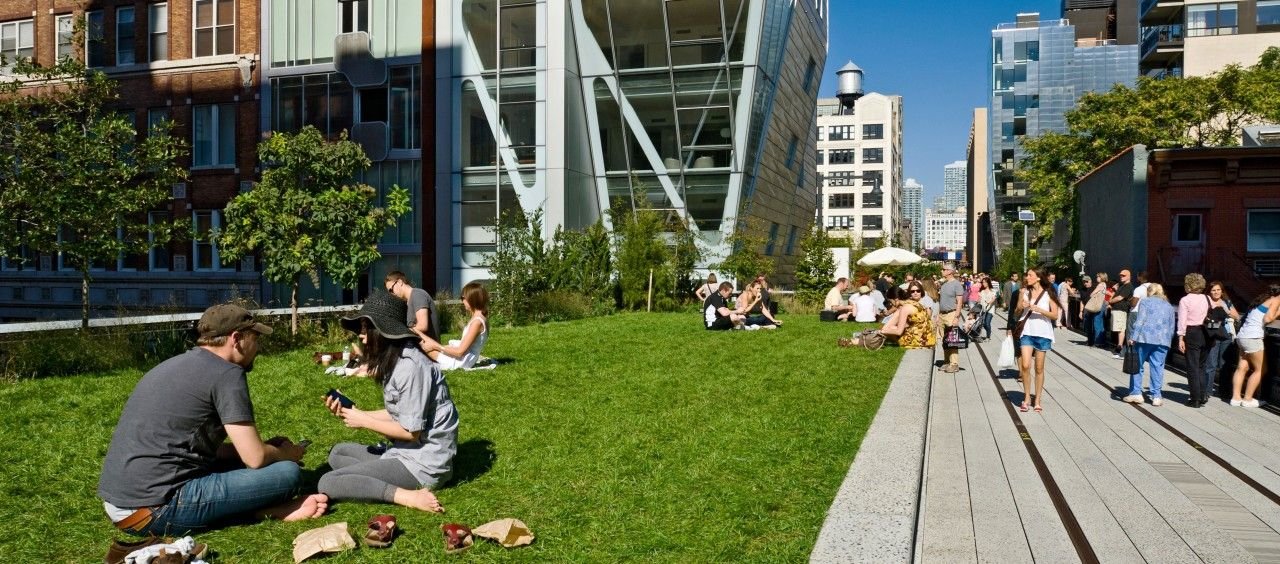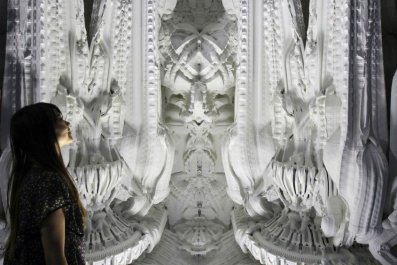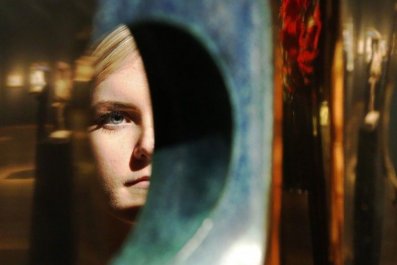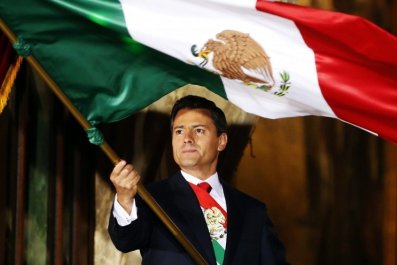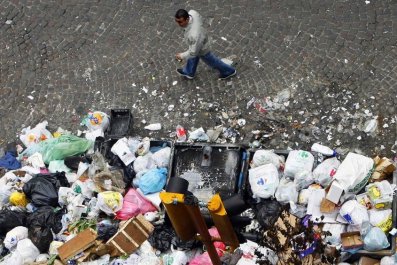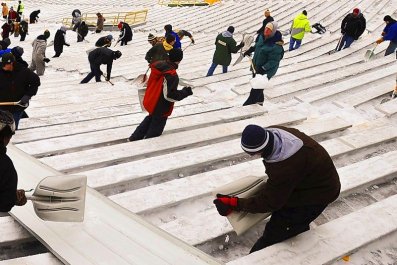As populist mayor Bill de Blasio takes the reins of New York City, he is poised to attack the legacy of his predecessor, Mike Bloomberg. He blames the widening gulf in income on the "hands off" policies of the tech-media billionaire, and has pledged to put an end to what have been described as the "Dickensian" hallmarks of Bloomberg's tenure. That's a stellar bit of rhetoric, but it ignores how extraordinarily "populist" Bloomberg was: During his 12 years as mayor, he built the nation's largest bike-share program and funneled some $2 billion into the city's art institutions.
He also has an impressive green legacy: His administration invested $5 billion to improve the city's parks, including the expansion and enhancement of destination parks such as the High Line, Brooklyn Bridge and Hudson parks, as well as the opening to the public of Governors Island, the improvement of many lesser-known public spaces and the reopening of a long-shuttered public pool in Brooklyn.
The Bloomberg administration expanded the city's parkland by 850 acres, including 490 on the waterfront, which means that 76 percent of New Yorkers are just a 10-minute stroll from a park or playground. On top of that, more than 800,000 of the million trees Bloomberg promised to plant by 2017 have been planted.
"You'd have to go back to the 1930s to find a comparable period of parks development and expansion," said Adrian Benepe, former Parks Department commissioner under Bloomberg who now works as a senior vice president and director of city park development at the Trust for Public Land.
The challenge that Bloomberg faced, though, was that, unlike in the 1930s, when federal money was available to boost employment and infrastructure, he was only able to dispense "little grants here and there," said Benepe. So, Bloomberg "made an unparalleled commitment of city funding."
The result was not only an improvement to the city's environment and the enhanced living conditions of New Yorkers. It proved economically beneficial, too, as evidenced by the $2 billion in private investment the High Line brought to the West Side.
Bloomberg followed in the footsteps of the legendary 19th century landscape architect Frederick Law Olmsted, who understood that the creation of Central Park would boost real estate values in upper Manhattan.
From park design to public-private models of financing and management, including non-government trusts like Central Park Conservancy running public lands, cities around the world followed Bloomberg's lead and began emulating his park revitalization plans, Benepe said. Some of them even hired New York's landscape architects to do the job, which made New York even more prosperous.
"Bloomberg showed the world that parks aren't just nice little amenities that you do when everything is done - they're essential to the quality of life in a city," he said. "Bloomberg made parks sexy."
But de Blasio now faces a challenge. Can he sustain the parks in their current state? (De Blasio has said he supports having the conservancies of richer parks share their wealth with poorer parks; de Blasio's press contact did not reply to Newsweek's email about the issue. His other big parks policy point is phasing out carriage horses in Central Park.)
While city officials insist the Parks Department has enough money to maintain the new facilities, critics point to the Brooklyn Bridge Park's funding as an example of bad governance. Though the city and state footed the bill for the park's construction, they did so "only because private sources" - the developers of residential condo blocks - "agreed to pay for its upkeep," according to the The New York Times.
This "means that parks in more lucrative areas are more likely to get funded," said a source close to the Brooklyn Bridge Park project. "You have condo owners living within parks, whose tax dollars are going to fund that park, which raises concerns about access and programming," the source said. "The idea that luxury housing is the only way to finance public space suggests a more limited ability [for parks] to be a driver of [social] equity."
"Parkland is effectively being traded to a private company for money to maintain the park that's left," wrote one reporter, commenting on redevelopment in Flushing Meadows in Queens. Some have described public-private relationships as inhospitable to the true nature of public spaces.
If he is to perpetuate Bloomberg's for-the-people approach to parkland, de Blasio will have to balance privatization pressures, and pushback from conservancies, with budgetary and political pragmatism, rather than the feel-good idealism of his campaign.



